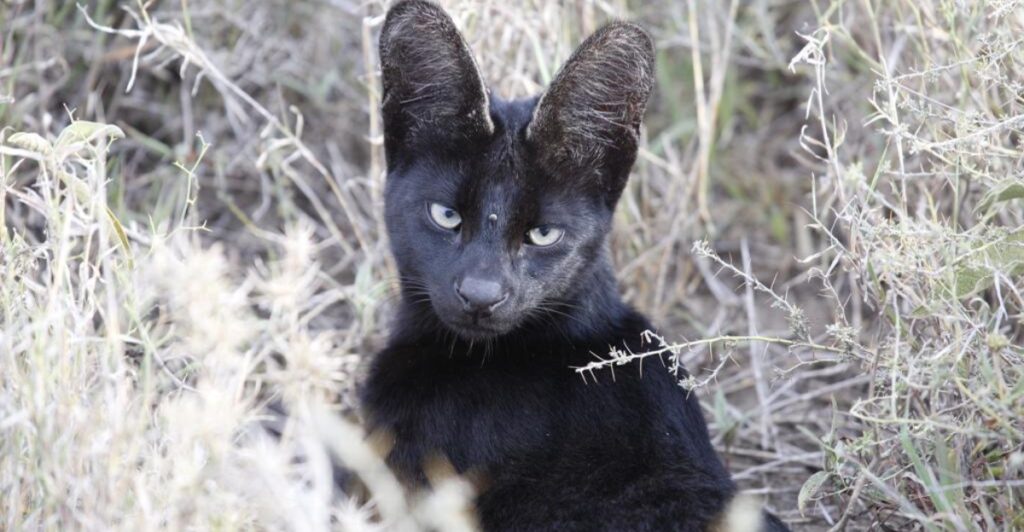
For the most part, cats are advertised as low-maintenance pets, although some breeds do not fit the bill due to their wild ancestry, fierce personalities, or extreme care needs.
This list highlights nine breeds that defy the “easy pet” label, based on surprising histories, unique genetic quirks, and behavioral extremes. These cats can be gorgeous or curl up on your lap with the right owner, but their wild genetics, complicated health history, or demanding natures might send even experienced owners running.
Understanding these breeds’ history and requirements is essential for prospective feline owners. Each slide provides actionable advice and statistics to help make an informed choice, debunking the misconception that all cats are equally suited to domestic life.
1. Savannah Cat
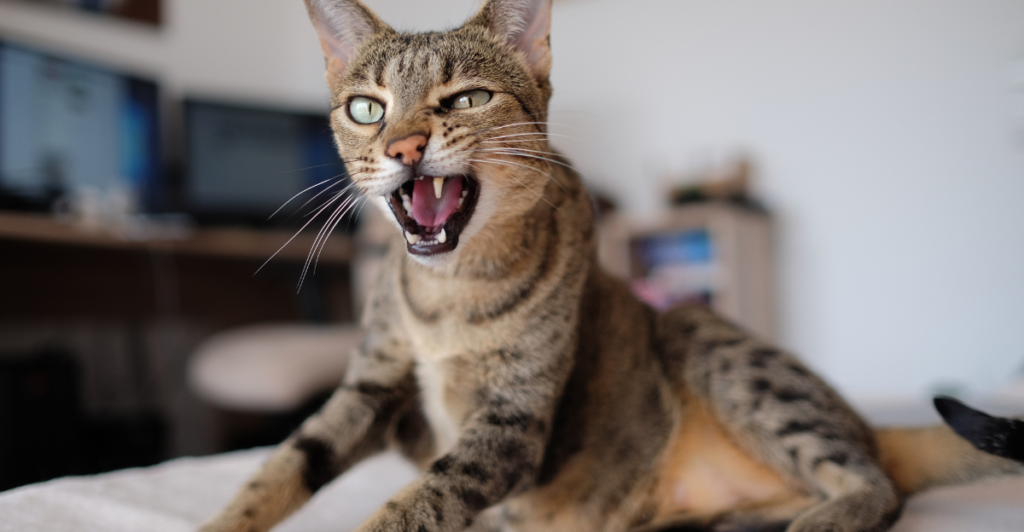
The Savannah cat, a crossbreed between the African serval and domestic cats, is the closest you can get to legally owning a wild feline in your home in most areas. With their striking spotted coats and long limbs, Savannahs are intelligent and energetic cats
However, their semi-wild status comes with challenges: They require a lot of space and never-ending mental stimulation, and due to their strong prey drive, they are a danger to small pets.
In fact, Savannah ownership is restricted or regulated in multiple states and countries due to their unpredictable nature and ability to disrupt local wildlife. If you want a cat that behaves more like a wild animal, be prepared for legal challenges and a complete lifestyle change.
2. Bengal
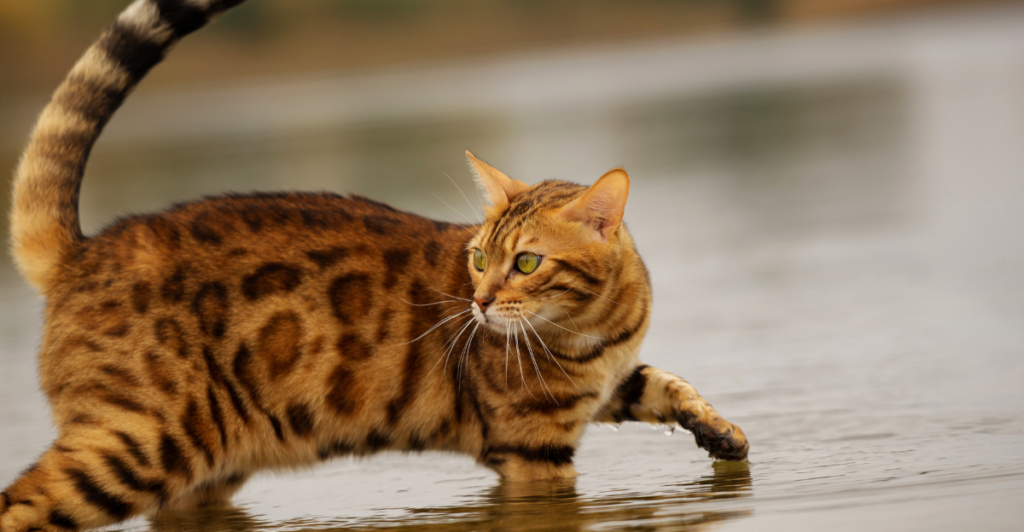
We then have Bengals, bred from domestic cats and the Asian leopard cat to create a striking, leopard-like appearance. Their intelligence and insatiable curiosity mean they require near-constant stimulation — bored Bengals can get destructive, opening doors or turning on faucets.
Bengals have very high prey drives and territorial instincts, making them aggressive toward other animals. They are happiest when they have a secure outdoor enclosure.
Some owners say Bengals “hunt” household objects or even small pets. But if you’re not prepared to provide daily enrichment and a very interactive environment, a Bengal may soon become too much to manage.
3. Sphynx
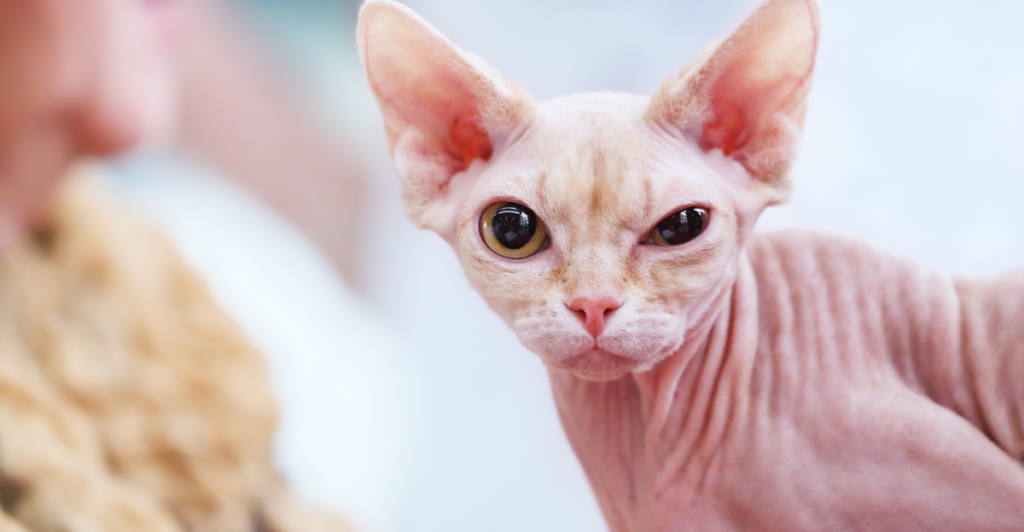
The Sphynx’s hairless appearance is just the beginning of its high-maintenance reputation. These felines need regular bathtime to get rid of skin oils, can be susceptible to sunburn, and need warm indoor environments year-round.
Sphynxes are extremely social and crave constant attention. Left alone too long, they can become anxious or destructive. Their extroverted personalities mean they want to be involved in every activity, and their athleticism leads to frequent climbing and mischief.
Potential owners should be prepared for a cat that is both physically and emotionally demanding, challenging the myth that hairless means low-maintenance.
4. Persian
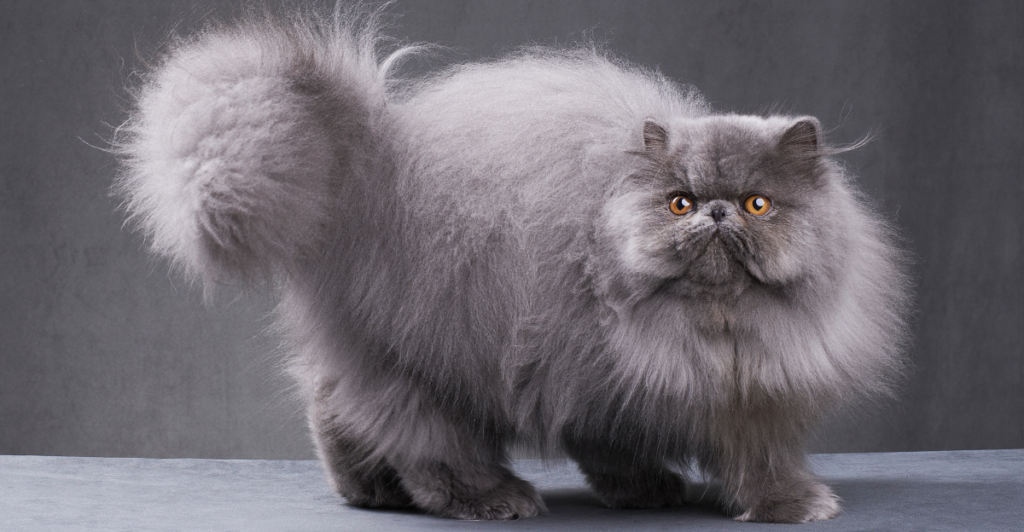
With their long, luxurious fur and sweet faces, Persian cats are often idealized as the epitome of feline elegance. However, their signature long fur requires daily brushing to avoid painful matting, and their flat faces (brachycephalic features) result in chronic respiratory and eye problems.
Persians are also prone to kidney and heart diseases, requiring them to visit the vet often. Despite their docile nature, new owners are still sometimes surprised by just how much effort is required to keep a Persian happy and healthy. The Persian’s beauty conceals a daily grind of chores and health vigilance, a lot to ask from owners looking for a “low-effort” lap cat.
5. Norwegian Forest Cat

Steeped in Scandinavian folklore, the Norwegian Forest cat is built for the outdoors. With a thick, water-resistant coat and strong muscles, it requires plenty of space to climb, roam, and hunt, making it ill-suited to apartment life.
Their seasonal shedding requires extra grooming, and their independent nature means they might not bond closely with all family members. Owners must provide challenging environments and outdoor access to satisfy their instincts.
The Norwegian Forest cat’s wild nature and physical requirements make it a breed for individuals who can provide an adventurous, enriched lifestyle.
6. Maine Coon
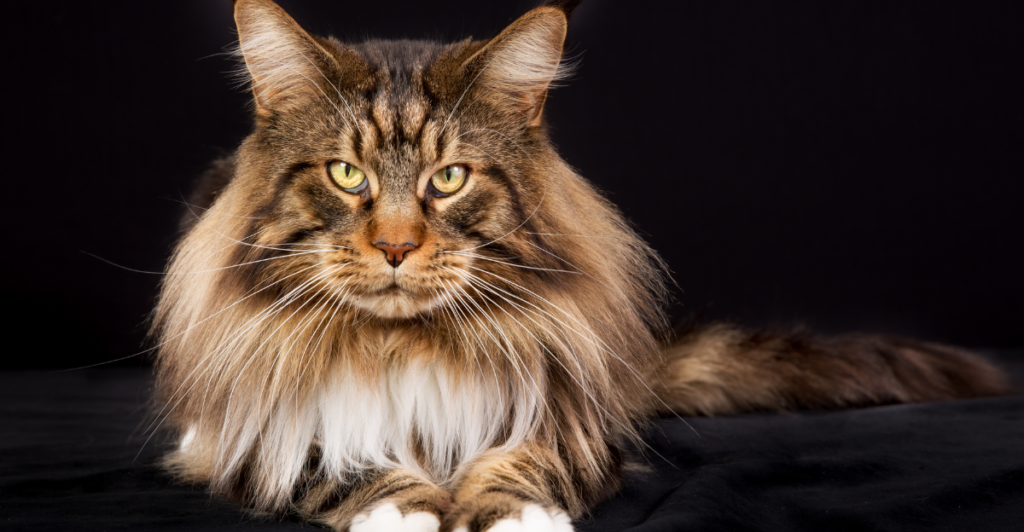
Maine Coons are among the largest domestic cats, originally bred as ship’s companions and mousers. Their size and athleticism require a lot of space and exercise, and their thick, water-resistant coats require regular grooming.
Maine Coons are highly social and crave human interaction, sometimes following owners from room to room. Without adequate mental and physical stimulation, they can exhibit behavioral problems.
Their size also means higher food and healthcare costs. For those with lmited space or time, the gentle Maine Coon comes with outsized demands.
7. Scottish Fold
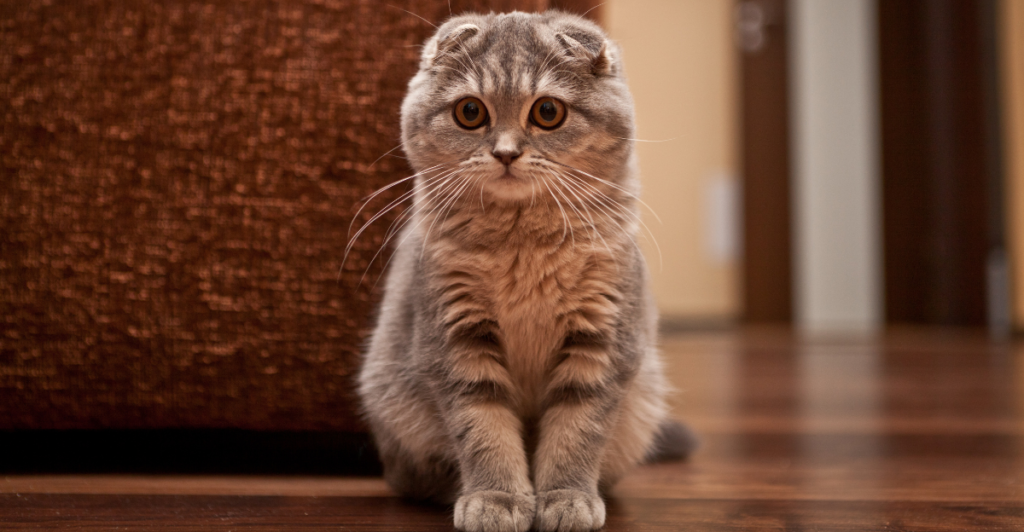
Scottish Folds are easily recognizable by their folded ears, which are the result of a genetic mutation that affects cartilage. Although their appearance has made them stars of social media, that same mutation causes painful arthritis and joint disorders throughout their lives.
Scottish Folds’ ongoing health issues have led some experts to argue that it is unethical to breed them. Despite their sweet nature, the breed’s high risk of suffering lifelong pain and disability makes them a controversial choice, challenging the notion that cuteness should win over welfare in the selection of our pets.
8. Devon Rex
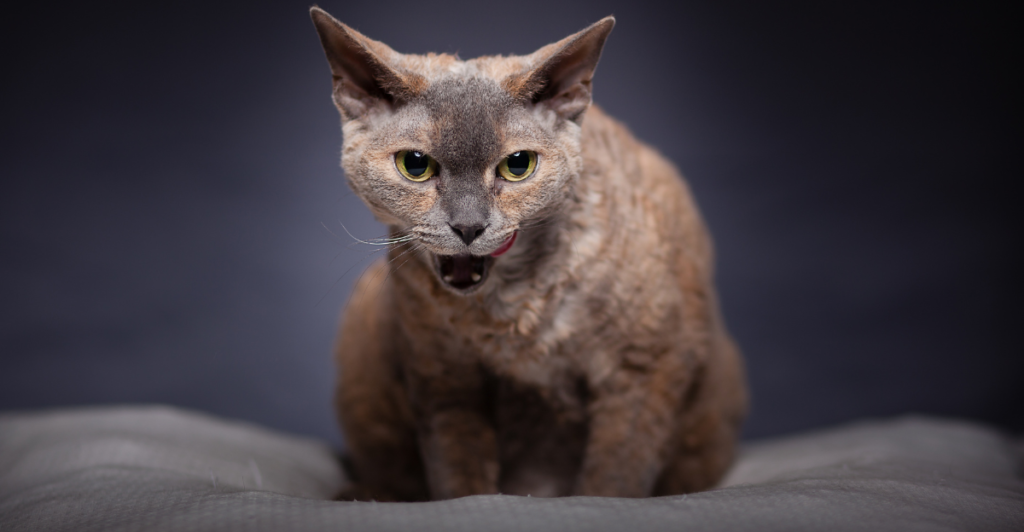
The Devon Rex’s pixie-like features and curly coat mask a high-maintenance personality. These cats are incredibly energetic, intelligent, and mischievous, requiring consistent mental stimulation and opportunities to climb.
Devon Rexes require special care because of their fragile, curly whiskers and thin coats, and their large ears need to be cleaned regularly to avoid infection.
If bored, they are prone to destructive behavior, and their need for attention rivals that of dogs. Devon Rex’s insatiable curiosity and activity level can be too much for owners looking for a quiet or independent cat.
9. Siamese
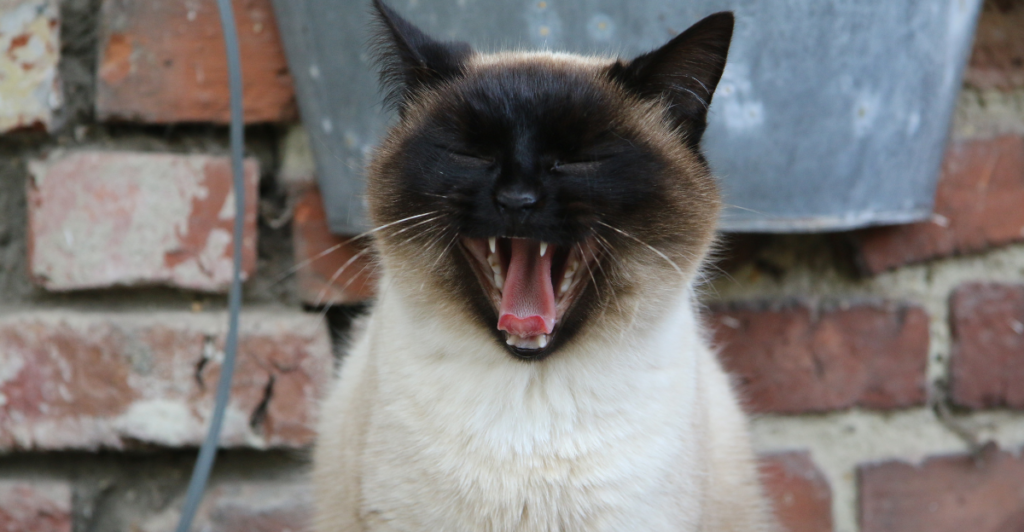
Siamese cats are known for loud, persistent vocalizations and their striking looks. They form deep attachments with their owners, following them around and demanding attention.
Though generally healthy, Siamese cats are prone to separation anxiety and may act out destructively if they are left alone too long. Their need for companionship is so strong that many experts advise keeping them in pairs.
The Siamese’s combination of emotional commitment and high energy can overwhelm owners wishing for a low-maintenance pet, making them a surprising addition to any “high-maintenance” list.
Explore more of our trending stories and hit Follow to keep them coming to your feed!

Don’t miss out on more stories like this! Hit the Follow button at the top of this article to stay updated with the latest news. Share your thoughts in the comments—we’d love to hear from you!







